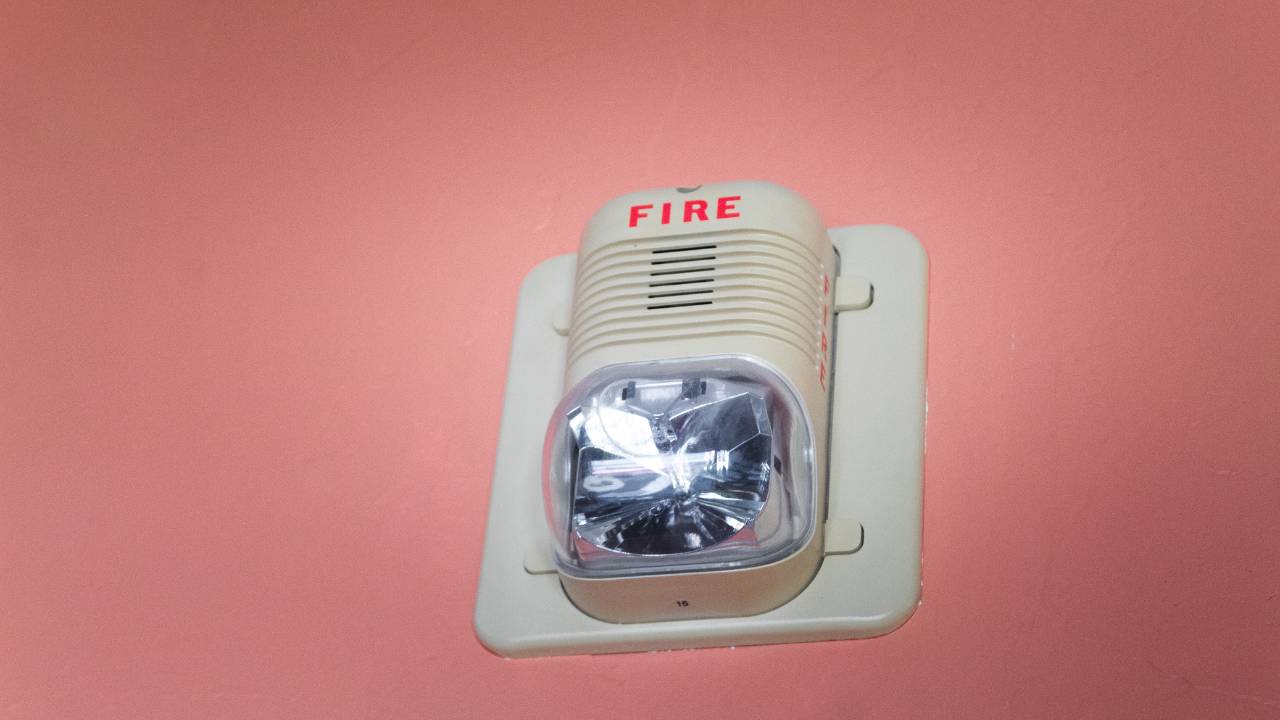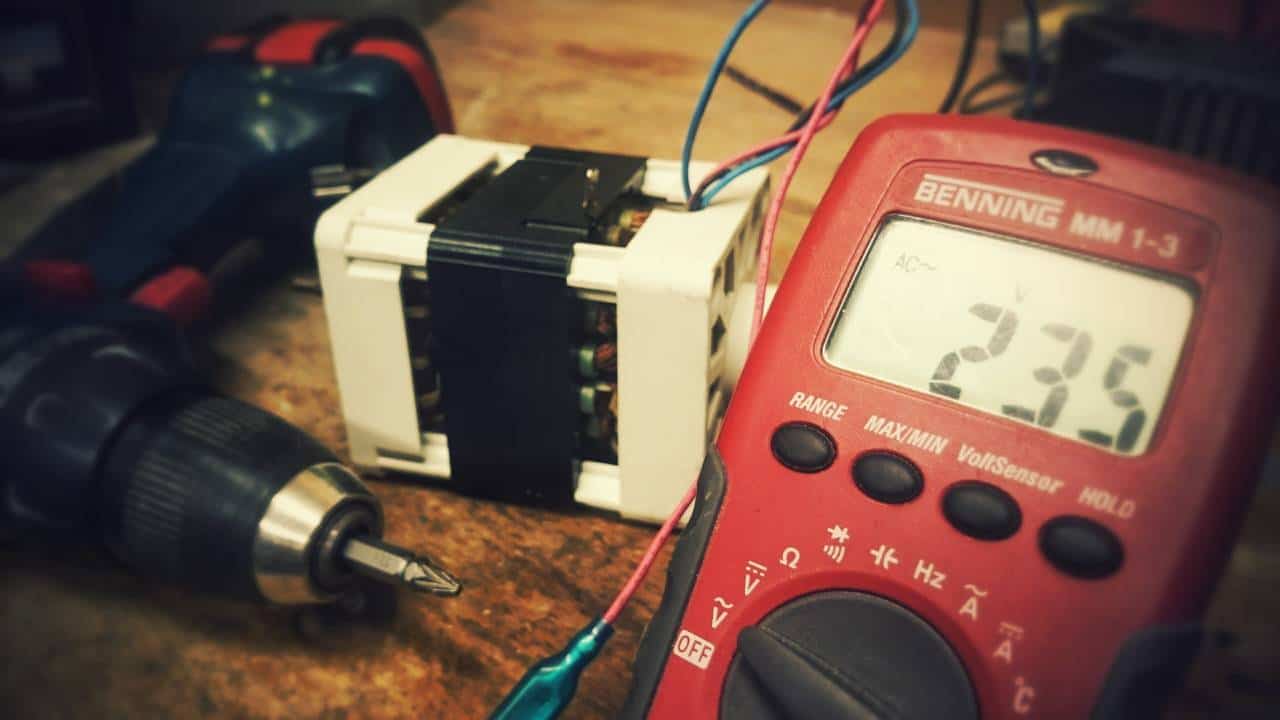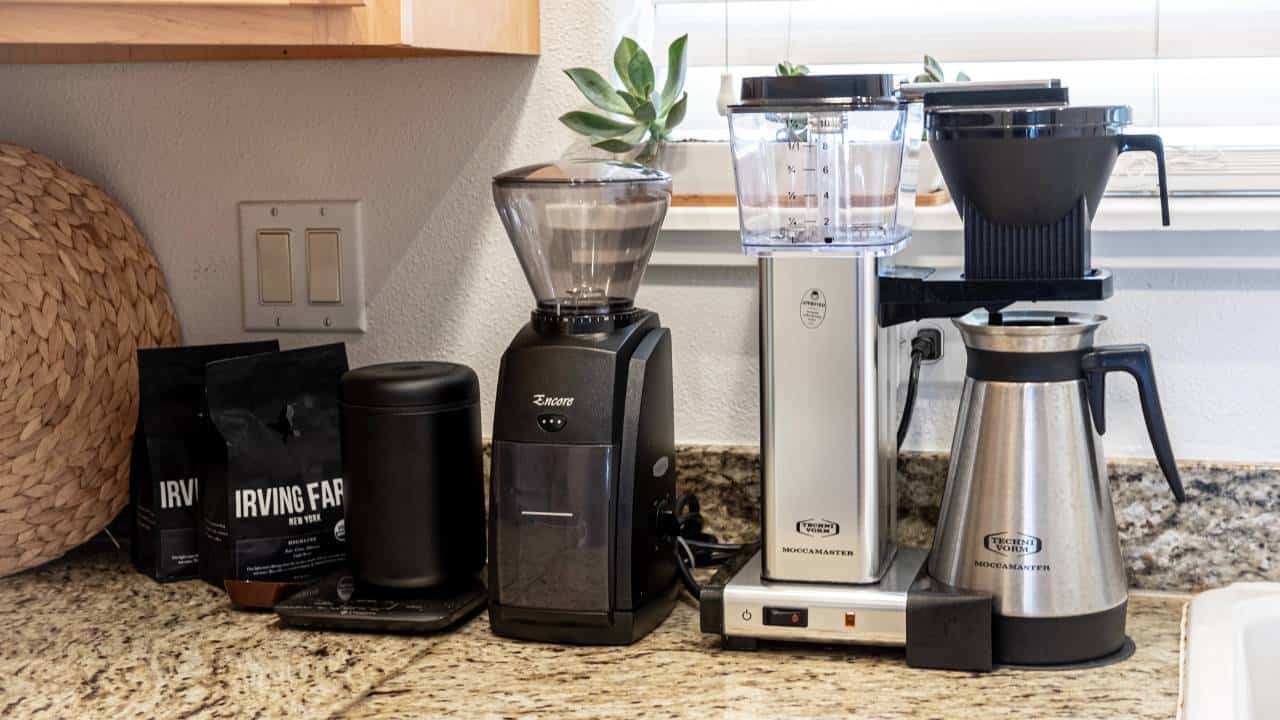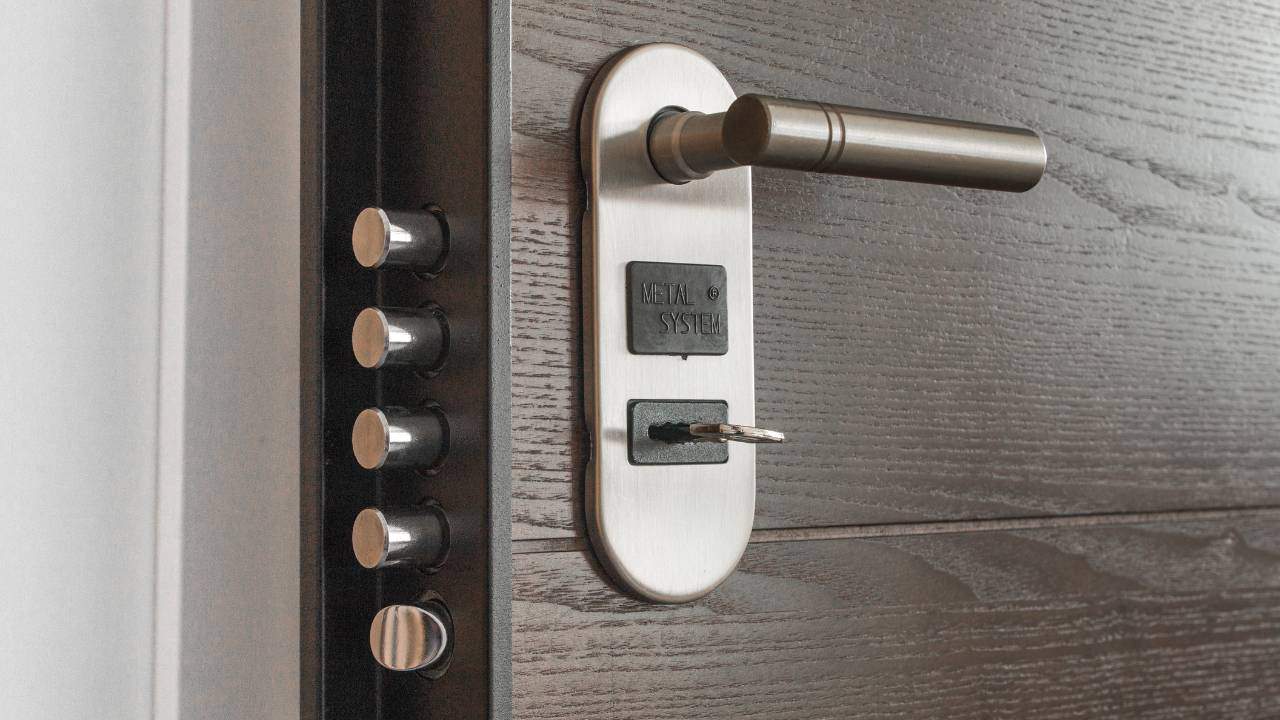Is your home truly safe? In today’s world, ensuring the safety of your home is more important than ever. With advancements in technology and an increasing number of hazards, it is crucial to take proactive steps to protect yourself, your family, and your property. This article will discuss some of the essential safety measures for modern homes, offering practical tips and advice to enhance your living space’s security.
Contents
The Importance of Home Safety
Ensuring home safety is a crucial aspect of maintaining a comfortable living environment for you and your family. By implementing modern safety measures and preventive practices, you can minimise the risks of injuries or accidents while simultaneously improving your overall quality of life.
Being proactive about home safety measures can protect your loved ones from potential hazards like fires, break-ins, and falls. As such, it is important to routinely inspect your home for potential risks and address them accordingly. This includes regularly checking your fire and carbon monoxide detectors and installing security systems like alarms and CCTV cameras.
Prevention plays a crucial role in home safety. By identifying dangers early on and addressing them, you not only protect your property but also ensure your family members’ well-being. For instance, childproofing your home or installing anti-slip mats in high-risk areas could prevent injuries and accidents.
The quality of your living space is directly affected by your commitment to home safety. Implementing modern safety measures not only adopts an increased sense of security but also boosts your confidence in your living environment. By setting high safety standards, you can create a home that feels secure and pleasant to live in.
Fire Safety Measures

When it comes to safeguarding your home from fire hazards, there are several important fire safety measures you should incorporate. Integrating these precautions will significantly reduce the risk of fires and protect you, your family, and your property.
First and foremost, it’s crucial to install smoke alarms throughout your home. These devices are designed to detect the presence of smoke, alerting you to potential fires before they spread. The importance of fire alarm systems cannot be overstated, as they provide early warnings, allowing you time to evacuate your home safely.
Keep in mind that there are various types of smoke alarms available, so it’s vital to choose one that best suits your specific needs. It’s recommended to have at least one smoke alarm per floor and to test them regularly to ensure they’re in proper working order.
In addition to smoke alarms, fire extinguishers are another essential tool for fire prevention. Keep at least one fire extinguisher in easily accessible locations, such as the kitchen and near bedrooms. Familiarise yourself with the different types of fire extinguishers, as each class is designed to combat specific types of fires. It’s also important to check the expiration dates on your fire extinguishers and replace them as needed.
Creating a fire escape plan is a crucial step in ensuring the safety of your household. Outline clear escape routes from each room and practise the plan with your family members periodically. This will help everyone remain calm and focused during an emergency situation.
Candles are a frequent fire hazard, so when using them, it’s imperative to ensure they are placed on stable surfaces, well away from any flammable objects. Always be attentive when candles are burning, making it a point to extinguish them before retiring for the night or stepping out of your home.
Additionally, cultivating good fire safety habits is vital for a safer household. This means unplugging electrical devices when they’re not needed, keeping flammable materials at a safe distance from heat sources, consistently cleaning and maintaining appliances like stoves and fireplaces, and refraining from overloading electrical outlets and extension cords.
Carbon Monoxide Awareness
As a homeowner, you should be aware of the dangers of carbon monoxide (CO) poisoning. Carbon monoxide is a colourless, odourless, and tasteless gas that can be lethal at high concentrations. Since it is impossible to detect without the proper equipment, it’s essential to install carbon monoxide detectors in your home.
Carbon monoxide detectors are crucial safety devices that alert you to the presence of CO in your home. To ensure effective protection, make sure to install detectors on every level of the home, especially near bedrooms and living areas. Regularly test the detectors and replace the batteries at least once a year. Also, take note of the expiration date, as these devices typically have a lifespan of approximately 5-7 years.
One of the leading causes of carbon monoxide poisoning is faulty fuel-burning appliances, such as gas stoves, furnaces, boilers, and water heaters. To reduce the risk of CO poisoning, schedule annual inspections and maintenance for these appliances by a certified professional. Additionally, never operate petrol-powered engines or charcoal grills indoors or in enclosed spaces like garages.
For enhanced carbon monoxide awareness, it’s essential to install carbon monoxide detectors on every level of your home, especially near sleeping areas. It’s equally important to test these detectors and replace their batteries every year. Regular maintenance for fuel-burning appliances should also be scheduled to ensure safety. Additionally, it’s advised not to use petrol-powered engines or charcoal grills indoors or within enclosed spaces.
Electrical Safety

In modern homes, ensuring electrical safety is crucial for the protection of you and your family. This section will cover essential measures to reduce the risk of electrical hazards in your home.
First and foremost, regularly inspect and test your home’s electrical system. This includes checking outlets, circuit breakers, and wiring for any signs of wear or damage. By doing so, you can prevent faulty electrical systems and potential hazards, such as electrical fires or shock.
When using electrical outlets, use safety covers or child-proof caps to prevent children from tampering or inserting objects into the sockets. It’s also good practice to unplug appliances when not in use to avoid the risk of fires or shocks from frayed cables.
Another crucial aspect in ensuring electrical safety is the proper installation and use of alarms. The installation of smoke and carbon monoxide alarms is vital in detecting potential threats early on. Make sure to regularly test your alarms and replace batteries as needed to keep them functioning optimally.
In addition to alarms, consider installing a residual current device (RCD) in the electrical system. An RCD detects current imbalances and immediately cuts off the power if it senses a fault, significantly reducing the risk of electrical shock.
It’s essential to keep in mind the importance of maintaining your home’s electrical appliances. For instance, when using fans, ensure they are clean and appropriately lubricated to prevent overheating and potential fires.
Security Considerations
When it comes to safeguarding your home, it’s crucial to adopt a proactive approach that incorporates various security measures. Alongside the traditional methods, exploring unconventional home security strategies can also provide unexpected benefits, adding an extra layer of unpredictability to deter potential intruders. Several reliable home security components can significantly reduce the risk of burglaries or other incidents that threaten your safeness.
For starters, investing in a high-quality security system is a wise decision. Many modern systems offer round-the-clock monitoring, a combination of sensors, and smart features that enable you to remotely control and monitor your home. With the advancement of technology, you can opt for security systems that include video surveillance with cameras for both the interior and exterior of your property. Placing cameras at strategic locations, such as entrance doors, will help you keep an eye on any potential threats.
Alongside a comprehensive security system, you should enhance the physical security of your home. One effective way to do this is by installing deadbolt locks on all exterior doors. These robust locks are more resistant to forceful entry compared to traditional spring bolt locks. Additionally, consider reinforcing your windows with security films, bars, or grilles to deter would-be intruders from easily gaining access.
As you evaluate your home security needs, it’s crucial to take a holistic approach. For example, proper lighting is vital for deterring criminals. Ensure that the exterior of your home is well-lit, particularly around entrances and dark areas that might provide cover for burglars.
Lastly, don’t overlook the importance of using technology to your advantage. Nowadays, there are several smart home devices that can strengthen your security efforts, such as doorbell cameras, smart locks, and motion-sensor lights. Integrating these devices can offer you an additional layer of protection, as well as enabling you to remotely monitor and control your home security.
Safe Use of Household Appliances

It’s crucial to use your household appliances safely to prevent accidents and maintain a secure home environment. Here are some essential tips to keep in mind while using common appliances like water heaters, gas stoves, and other devices.
Regularly inspect your water heater for signs of leakage or damage. Ensure it is set at the manufacturer’s recommended temperature, usually below 60°C, to prevent scalding risks. Annually, have a qualified technician service your water heater to ensure it is working efficiently and safely. Keep flammable items away from the heater.
Proper ventilation is necessary when using a gas stove. Never leave a lit stove unattended and always be cautious of any igniting gas. Keep flammable items like kitchen towels and paper products away from the stove. Clean the stove regularly to avert grease accumulation, which could lead to a fire. In case you smell gas in your home, immediately open windows, do not use any electrical switches, and if the smell persists, call a professional gas fitter.
Always prioritise safety when using household appliances. This entails reading and adhering to the manufacturer’s instructions, unplugging devices when they aren’t in use or when you’re cleaning them, and ensuring that power sockets aren’t overloaded. For an added layer of protection, consider using a residual current device (RCD).
Additionally, it’s essential to keep smaller appliances, such as hairdryers and space heaters, distant from any water sources. And, as a routine practice, inspect cords to verify they’re free from damage or fraying.
Ensuring Adequate Ventilation
Proper ventilation is vital in maintaining a healthy and comfortable living environment in your modern home. By improving the quality of air circulation, you can prevent the build-up of humidity, dampness, and airborne pollutants that could lead to various health issues and property damage. To complement your ventilation efforts, consider adding low-maintenance houseplants that purify air. Many of these plants not only enhance indoor aesthetics but also naturally cleanse the air of toxins and improve overall air quality.
To ensure adequate ventilation, install exhaust fans in areas with high moisture levels, such as your kitchen and bathroom. These fans help expel humid air, control condensation, and reduce the likelihood of mould growth. Furthermore, regularly clean and maintain your existing ventilation systems, including vent covers and ducts, to prevent dust and debris from hindering airflow.
Incorporating passive ventilation methods is also important. This can be achieved by opening windows strategically throughout your home, promoting cross-ventilation. When planning the layout of your home, consider the placement of windows and doors to maximise natural airflow.
Additionally, invest in energy-efficient, mechanical ventilation systems that can provide fresh air while minimising energy consumption. These systems, such as heat recovery ventilators and air exchangers, help maintain a comfortable indoor climate and reduce the need for heating and cooling appliances.
Remember to monitor indoor air quality using devices such as air quality monitors and humidity sensors. These tools help you identify potential ventilation issues and prompt corrective measures when necessary.
Planning for Emergencies
Emergencies can happen at any moment, and it is crucial to be prepared for them. As a homeowner, you should take the necessary steps to ensure your safety and that of your family. In this section, we will discuss some key aspects of planning for emergencies in modern homes while maintaining a confident, knowledgeable, and neutral tone.
Firstly, creating an escape plan is essential. This plan should detail the best routes to exit your home quickly and safely in case of emergencies. Ensure everyone in your household is familiar with the plan and can execute it efficiently. It can be helpful to practise the escape plan occasionally as a family to guarantee everyone’s preparedness.
A vital element of emergency planning is establishing a fire escape plan. This includes identifying all possible exits, such as doors and windows, and designating a safe meeting place outside the home. You may also consider installing safety ladders for upper-level rooms, especially bedrooms, to facilitate a safe exit if the primary escape route is blocked. Check that all doors and windows can be easily opened and closed, and are free from obstacles.
Enhancing safety in your home to be prepared for emergencies is paramount. Start by installing smoke and carbon monoxide detectors throughout your home, especially in key areas like bedrooms and living spaces, and remember to test them while replacing batteries as necessary. Having fire extinguishers in strategic spots, including the kitchen and garage, is vital, and it’s crucial that every family member understands how to operate them.
Additionally, a well-stocked first aid kit with essentials such as bandages, antiseptic wipes, and pain relief medication should be within easy reach. It’s also wise to have a home emergency kit on hand, packed with items like torches, batteries, a portable radio, and non-perishable food. Lastly, every family should establish a clear communication plan, ensuring that in the event of an emergency, everyone is informed about who to reach out to and the steps to take if separated.
Conclusion
The modern home, with all its conveniences and advancements, also brings its set of challenges in safety and security. As homeowners, our primary responsibility is to provide a safe haven for our families and ourselves. This means taking proactive steps, from installing smoke alarms to planning emergency exits.
By implementing the safety measures discussed in this article, we can significantly minimise risks, ensuring that our homes remain the sanctuaries they are meant to be. Safety, after all, is not just about the absence of danger but the presence of well-thought-out preventive measures. With awareness and action, every home can be a safe, secure, and harmonious space.

